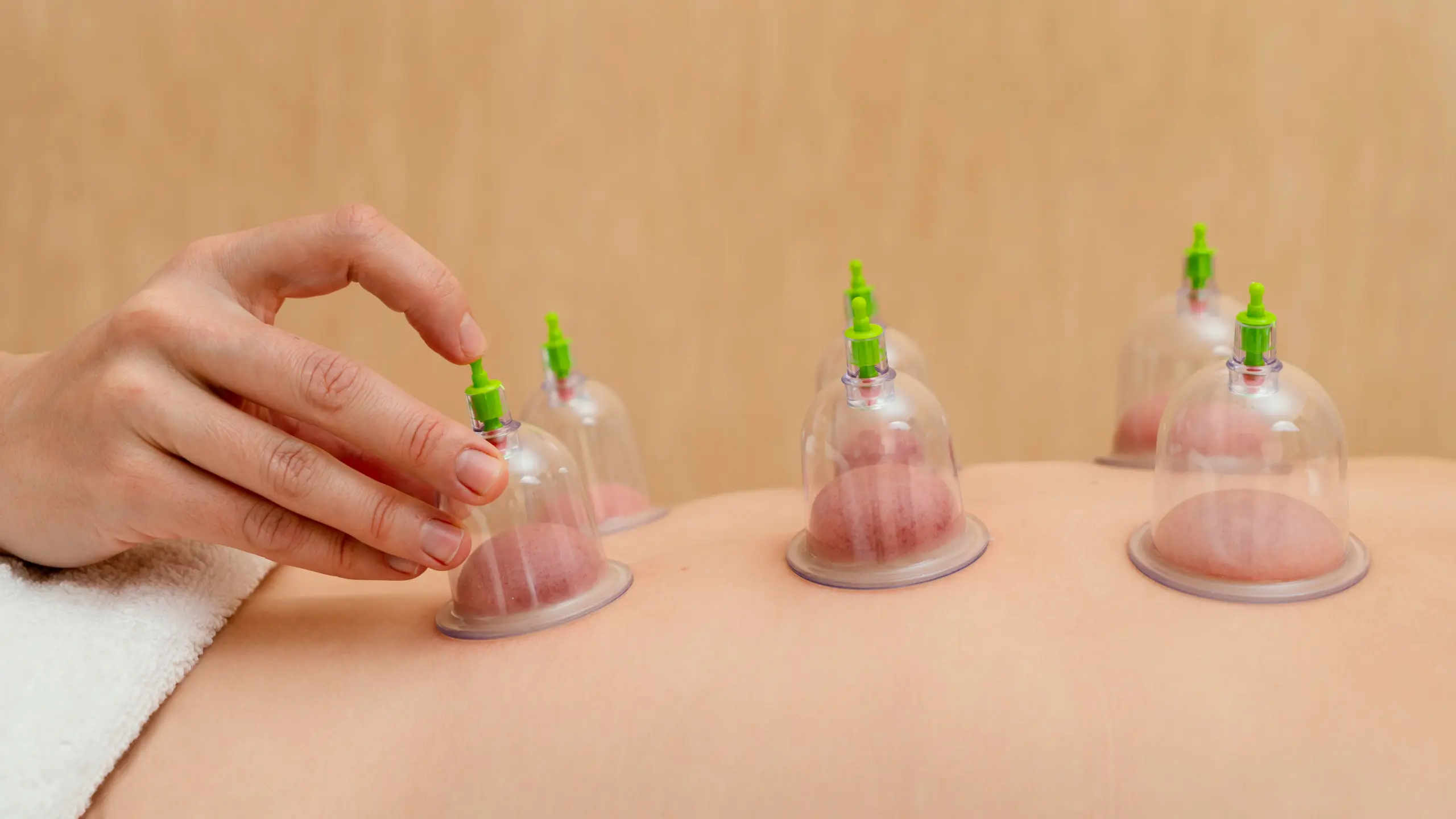
Do you remember the curiosity that was sparked by those distinctive circular marks on Michael Phelps shoulders and back during the 2016 Olympic games in Rio? What you were seeing was evidence of cupping therapy—an ancient healing practice that’s gaining renewed attention in modern physical therapy and sports medicine. If you’re dealing with chronic neck pain, persistent back tension, or stubborn muscle knots that won’t respond to traditional treatments, cupping might offer the breakthrough you’ve been searching for.
The Ancient Art with Modern Applications
Cupping therapy isn’t a wellness trend—it’s a time-tested healing method with roots stretching back over 3,000 years. Ancient Egyptians, Chinese practitioners, and Middle Eastern healers all recognized cupping’s power to promote healing and relieve pain. The Edwin Smith Papyrus, one of the oldest medical texts, mentions cupping as early as 1550 BCE.
What makes this ancient practice so enduring? Unlike many historical medical treatments that have been debunked by modern science, cupping has demonstrated measurable physiological effects that align with our current understanding of pain, circulation, and tissue healing.
How Cupping Actually Works in Your Body
Think of cupping like a reverse massage. Instead of applying pressure downward into your tissues, cupping creates suction that gently lifts your skin, fascia, and muscle layers upward. This lifting action creates several important physiological responses:
Circulation Enhancement:
- Increases blood flow to treated areas, bringing fresh oxygen and nutrients
- Helps remove metabolic waste products that contribute to pain and stiffness
- Creates space in tissues, allowing better fluid exchange
Nervous System Response:
- Stimulates nerve pathways that can interrupt pain signals
- Activates the gate control theory of pain for both immediate and lasting relief
- Promotes relaxation response through parasympathetic nervous system activation
Tissue Mechanics:
- Lifts fascia and soft tissue to improve range of motion
- Reduces nerve entrapment and adhesions between tissue layers
- Creates micro-inflammatory response that kickstarts natural healing processes
It’s similar to how a traffic jam clears once you add more lanes—cupping creates space in your tissues, allowing better circulation and reducing congestion that leads to reduction of pain and dysfunction.
What Conditions Respond Best to Cupping Therapy
Research shows cupping therapy can be particularly effective for several conditions that commonly affect our patients:
Musculoskeletal Pain:
- Chronic neck and shoulder tension from desk work and daily stress
- Lower back pain and thoracic spine stiffness
- Hip flexor tightness and IT band restrictions
- Post-workout muscle soreness and delayed recovery
Fascial and Soft Tissue Issues:
- Scar tissue restrictions and adhesions
- Trigger points that don’t respond to traditional massage
- Fascial restrictions limiting range of motion
- Chronic muscle tightness and “knots”
Circulation and Recovery:
- Tension headaches originating from neck restrictions
- TMJ-related muscle tension
- Stagnant lymph flow and post-surgical swelling (when cleared by physician)
- Recovery enhancement between physical therapy sessions
The technique excels at releasing trigger points and adhesions in deeper muscle layers that are difficult to reach with other manual therapy approaches, while simultaneously improving circulation and reducing inflammation.
Common Misconceptions About Cupping Therapy
“Those marks mean it’s causing damage” The distinctive circular marks aren’t bruises or tissue damage—they result from blood being drawn to the surface of your skin, indicating increased circulation to the area. The discoloration typically fades within 3-7 days and actually shows the therapy is working.
“Cupping is painful” While you’ll feel a strong pulling sensation, most patients describe it as surprisingly comfortable and even relaxing. The suction creates a unique therapeutic sensation that many find more pleasant than deep tissue massage.
“It’s too alternative or unscientific” Multiple systematic reviews and clinical trials have demonstrated cupping’s effectiveness for pain conditions. Modern cupping integrates evidence-based principles with traditional techniques, making it a scientifically-supported treatment option.
“It’s just a wellness trend” Cupping has over 3,000 years of documented use across multiple cultures and medical systems. Its longevity speaks to genuine therapeutic benefits, not fleeting popularity.
Integrating Cupping into Your Recovery Strategy
At WAVE Physical Therapy + Pilates, we use cupping as part of a comprehensive treatment approach rather than a standalone solution. Our evidence-based approach follows specific clinical parameters:
Treatment Methods:
- Static cupping: Cups remain in place for 1-5 minutes to target specific trigger points and fascial restrictions
- Dynamic cupping: Cups glide along muscle fibers for 30 seconds to 2 minutes, promoting fascial mobility and circulation
- Movement-enhanced cupping: Combines cupping with guided stretching or joint mobility exercises
Self-Cupping Education: We teach selected patients safe home techniques using silicone cups designed for self-application. This empowers you to maintain benefits between sessions and includes:
- Proper cup placement and pressure guidelines
- Safe time limits and movement directions
- When to avoid cupping (over varicose veins, open wounds, or acute injuries)
Clinical Integration: Cupping works exceptionally well when combined with manual therapy, corrective exercises, and movement retraining that address underlying causes of your pain patterns.
Ready to experience how cupping can enhance your recovery? Watch our YouTube demonstration of safe self-cupping techniques to get started, or continue reading to discover how this ancient practice fits into modern physical therapy.
Taking the Next Step in Your Pain-Free Journey
Cupping therapy represents the perfect blend of ancient wisdom and modern understanding—a time-tested approach that we now understand works through measurable physiological mechanisms. If you’re tired of temporary fixes and ready to explore a treatment that addresses both symptoms and underlying tissue dysfunction, cupping might be the missing piece in your recovery puzzle.
Ready to discover how cupping therapy could transform your approach to pain management? Our movement specialists are here to assess whether cupping therapy aligns with your specific needs and goals. Schedule your personalized movement assessment today, and let’s explore how this powerful technique can support your journey to lasting pain relief and improved function.

Dr. Jake is from Findlay, OH, and earned his Doctorate of Physical Therapy from Belmont University in 2013 and a Bachelor’s of Science in Health Management and Business Minor from The Ohio State University in 2009.


